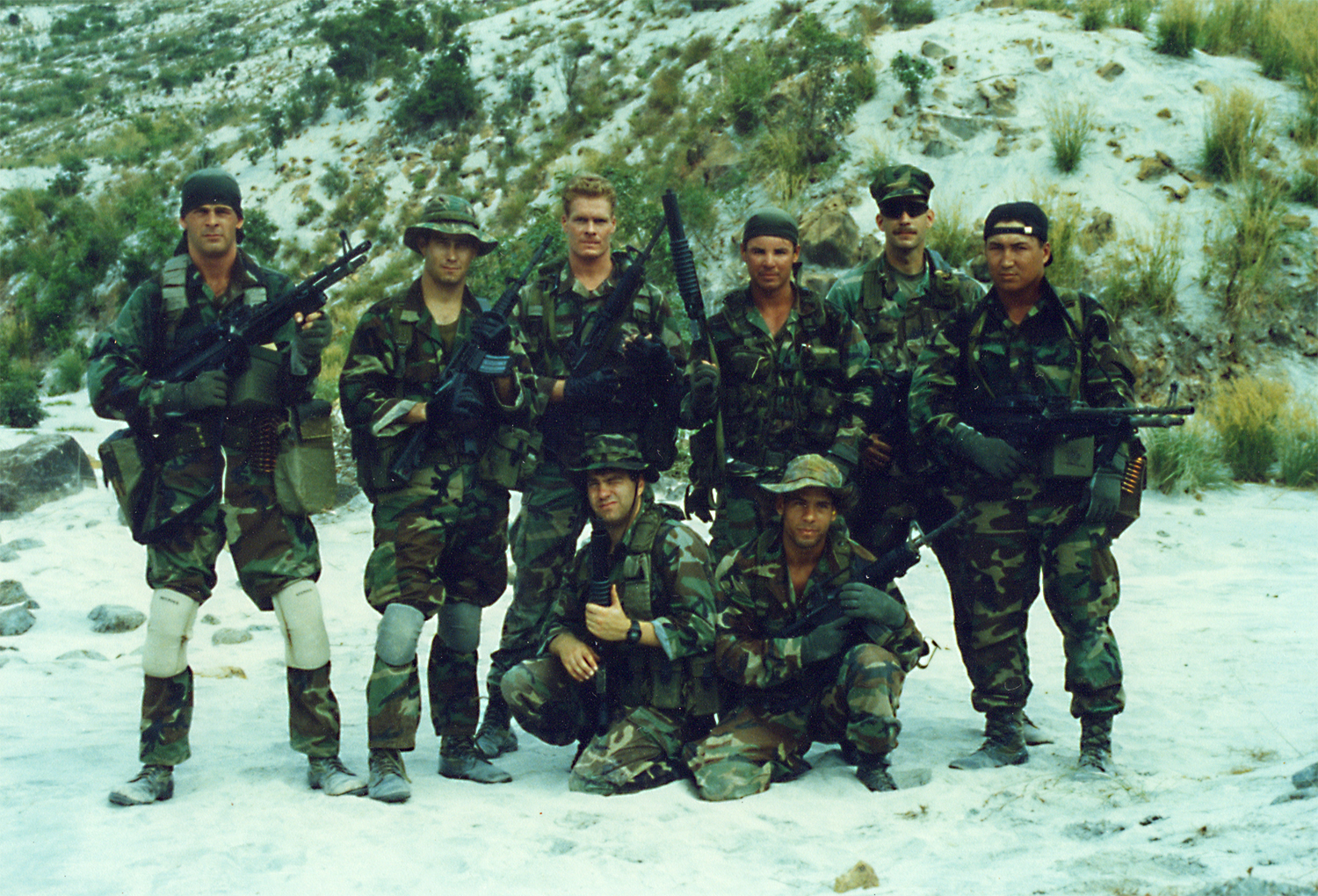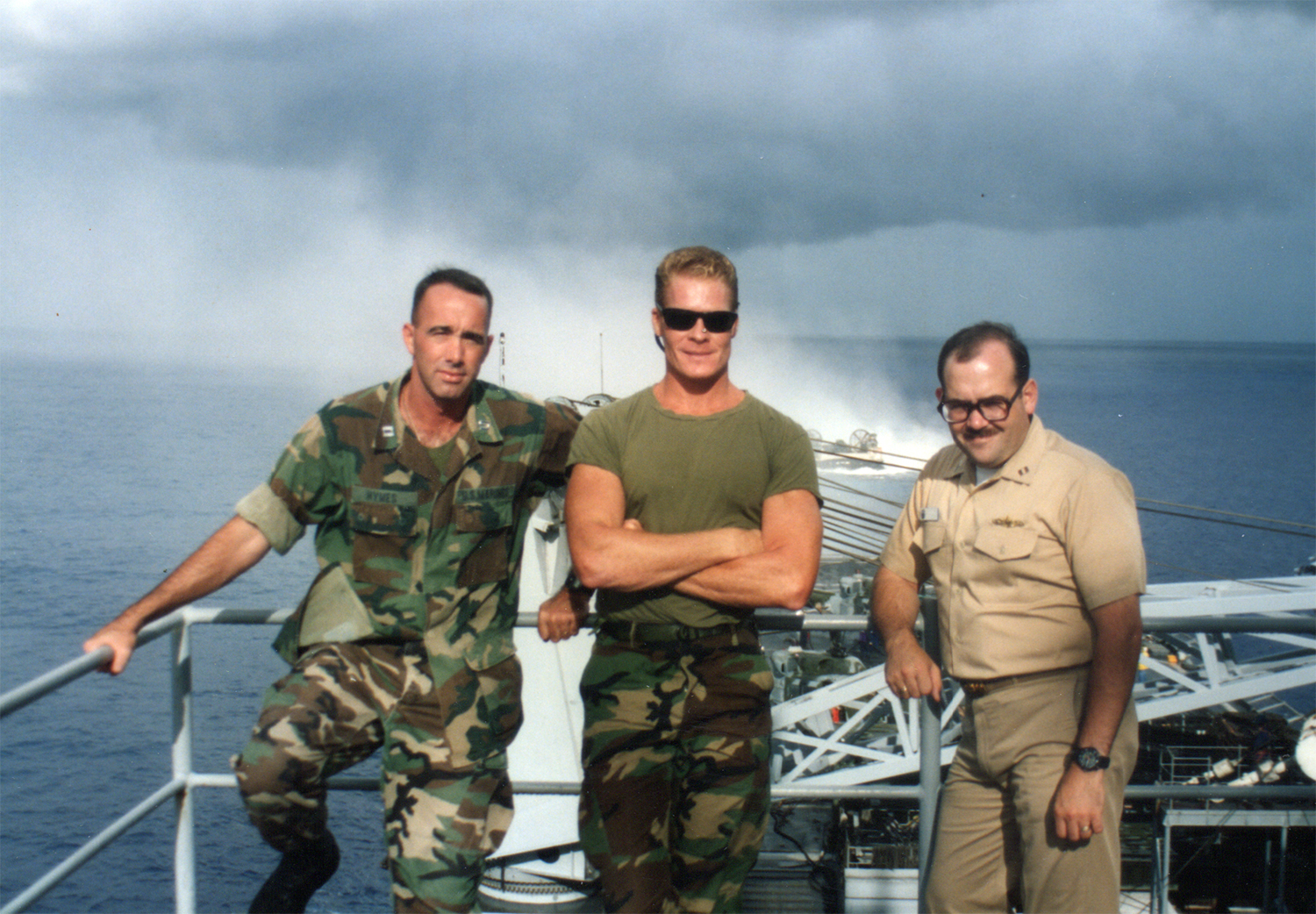How to Set and Attain Your Goals
Mark Divine retired as a commander in the US Navy where he had served as a SEAL for 20 years. He holds an MBA from NYU and is the founder of SEALTFIT, NavySeals.com, and U.S. CrossFit. His latest book is The Way of the SEAL: Think Like an Elite Warrior to Lead and Succeed.
Mark, it’s great to have a chance to talk with you as everyone is thinking about New Year’s resolutions: how to make them, but more importantly, how to keep them. Your book is a blueprint for success and is packed with principles, ideas, methods, and specific actions all designed to change your life. We can’t cover even a fraction of them, but I want to ask you about just a few.
Visualize Powerfully
Let’s start with visualization. You put it this way: “Visualize Powerfully.” How do you personally visualize your goals and your success?
I learned in the SEALs the importance of winning the mission (goal) in my mind before stepping off the ramp into the dark of the night.
What this means for me is a three step process:
Go after well defined targets
First, I ensure that the targets I go after are the right targets and are super well defined so I don’t waste valuable time and energy chasing impossible dreams or improbable projects. In the past I often had poorly defined new year goals that quickly fell by the wayside. That happened because they were the wrong targets, or poorly defined to begin with. I outline a powerful process for preventing this and selecting the right targets in my book.
Imagine what victory looks like
Second, I imagine what victory looks like for my target / goal. I see it as clearly and with as much detail as possible in my mind’s eye. In fact I have built an imaginary training space I call my ‘Mind Gym’ where I do this inner work. In the gym I see the outcomes of the goal, see myself achieving it and what my life is like after. I see myself as the type of person who CAN achieve the goal and possessing all the skills and knowledge necessary to crush it.
Review your goals daily
Third, I visit my mind gym daily to review the visualization while tackling the tasks and preliminary steps toward accomplishing the goal. This strengthens the image and eventually leads to greater confidence and certainty of mission success.
Breathe for Success
You talk about the importance of breathing in your book. Why is it so important and would you share one of your breathing exercises?
The Benefits of Deep Breathing
In a firefight or any intense situation, I learned to perform better by controlling my physiology and psychology. The key was learning how to breathe more powerfully. It is the first and most important of what I call the ‘big four of mental toughness’ skills. Deep diaphragmatic breathing, through the nose, brings two immediate and critical benefits for mission success: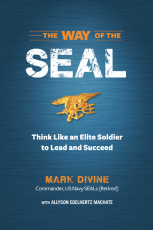
First, It is a stress release mechanism because it stimulates the automatic nervous system’s calming function. We are riddled with stressors coming at us from all angles, many self-imposed, and this breathing technique slows down our heart rate, calms our body and allows us to get back in control of our physiology so we can direct it towards performance.
Second, it centers us by narrowing the range of our critical mind’s thought patterns. The concentration required to breathe deeply means you are now focusing on health and stress release. This triggers positive feelings and thoughts, and the mind slows down so we can direct it towards the important tasks leading to success.
The training technique is simple, called the ‘Three part breath.’ Begin by exhaling all the air from your lungs, then inhale deep into your belly . . . your belly will move out. When the lower part of your lungs are full (your belly is ‘full’), then activate your diaphragm to fill the middle of your lungs. When that is full, then use your upper chest to fill the top of the lungs. The exhale is then done in reverse order, and the whole breath cycle should be a five count inhale and five count exhale. Over time you will do this naturally and unconsciously in one step, versus three steps. It will help you stay positively focused on your important goals in 2014 AND have great benefit for your overall health and peace of mind.
Our culture of “things” has us acquiring and acquiring. Especially after the holidays, we look around and see “stuff” that seems to multiply. Would you share your views on decluttering and its importance?
Less is More
A SEAL operator needs to live and travel light so he isn’t tied down to material commitments and mental baggage. That way he can focus with 100% clarity on the mission. We do tend to accumulate too much stuff in our lives . . . the most obvious being the material things that pile up. Less obvious are the commitments and mental stuff that clutter our thinking and get in the way of great decisions. When you simplify and de-clutter both, you will start to feel lighter and more free to make right choices about the important things.
I like to clear out physical spaces monthly or quarterly . . . to include my desk, office, closets, garage, car trunk and the like. Then I do an 80/20 analysis on my commitments to see what I can let go of. I strive to lighten the load of the interesting, but not mission critical, things in my life.
You can also use this principle to practice saying ‘No’ so you can let go . . . and flow toward success in your goals . . . rather than fighting against the rising tide of clutter!
Make Decisiveness a Habit
Many people struggle with making decisions. How do you make decisiveness a habit?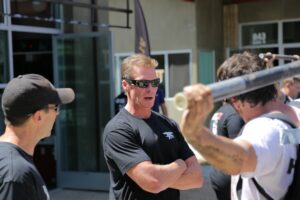
Decisiveness is a must as a leader, or for anyone seeking to gain momentum toward their critical targets. Too many people get stuck in the ruts of perfectionism, procrastination or group thinking . . . all of which put a bullet into success. SEALs learn decisiveness with three tactics which I cover in great detail in the book The Way of the SEAL:
1. Set micro goals tied to a major goal.
First, they set micro goals tied to their major goal. As they knock down the smaller, more achievable goals, they gain confidence and momentum. The victories start stacking up and any misfires are not viewed as failures – rather as important learning moments.
2. Use mental models to define your mission.
Second, SEALs use mental models such as SMART, CARVER, SMEAC and OODA for target selection, defining the mission, rapid planning and mission progress assessment. These tools ensure planning is done the same way by all teammates and help to avoid the procrastination, perfectionism and group think so common in most organizations.
3. Develop a ‘good enough plan.’
Third, SEALs are okay with a ‘good enough plan.’ That means that they get enough information to ACT NOW, then build contingencies into their plan and rely on standard operating procedures for when the plan meets contact with the enemy and begins to fall apart. Action is where the most valuable information and feedback is found. The quicker you can get to action with a decent plan, the better your chances of getting critical feedback and ‘failing forward fast’ toward your overall mission success.
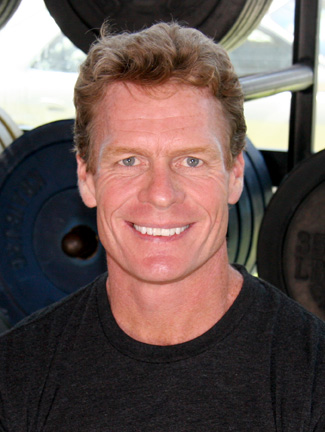 At SEALFIT, you use the “fear dog” and “courage dog” to help motivate and focus. Where did you develop this technique?
At SEALFIT, you use the “fear dog” and “courage dog” to help motivate and focus. Where did you develop this technique?
I learned in the SEALs that negativity destroys performance. The best leaders keep their minds positively focused. At SEALFIT, to train students the art of positivity, I began telling the Native American story of the fear dog, which resides in our minds, and the courage dog, which resides in our hearts. The dog which gets fed the most has dominance over our attitude. So my coaches and I are constantly prodding the trainees to feed the courage dog with positive internal dialogue and imagery. Over time, the fear dog is starved and doesn’t bother them any longer. This is a simple, yet powerful, tool to maintain positivity. With practice it will become a habit and your performance will take off.
In your book, you cover 8 principles and we have touched on only parts of them. Is there one principle that people struggle with more than others?
One of the most important principles is to ‘do today what other’s won’t’ by embracing the suck and what the SEALs call ‘running toward the sound of gunfire.’ SEALs love a good challenge, and they discipline themselves through daily training to handle it. Because their training is always harder than what others’ consider normal, SEALs can appear as supermen. They develop much higher thresholds for pain and discomfort and have learned to focus their minds more effectively than the average person.
But this principle will work for everyone committed to operating at the highest levels of performance. True personal growth can only occur through challenge undertaken with a crawl-walk-run approach. I have adopted this philosophy for my SEALFIT athletes, who break through to a new ‘normal’ with their training. They soon find that they can do what others can’t because they do every day what other’s won’t!
The Way of the SEAL: Think Like an Elite Warrior to Lead and Succeed
